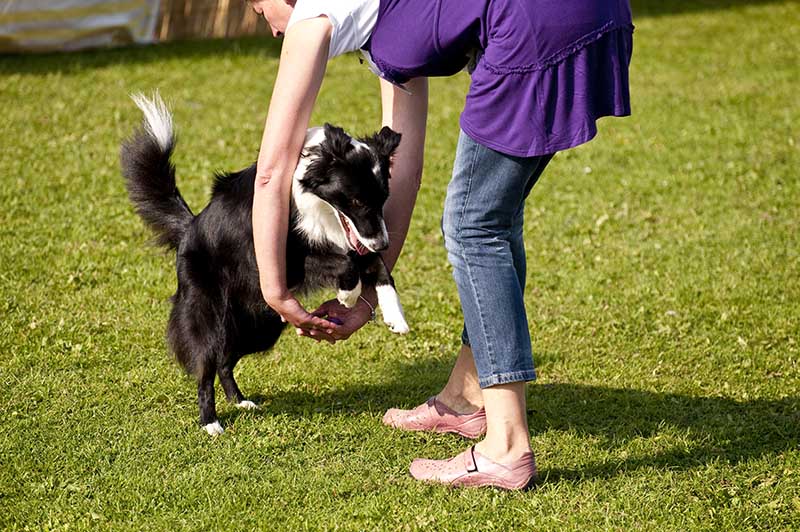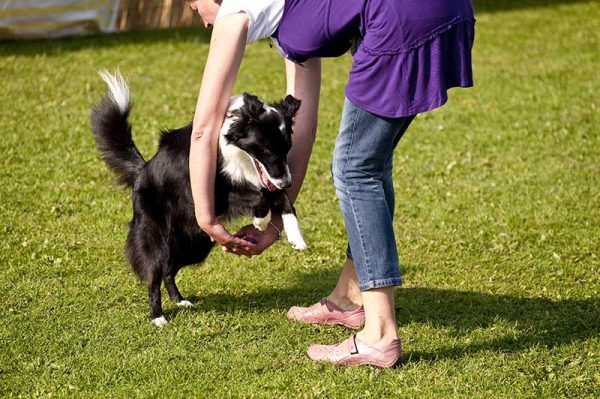Interacting with your dog daily helps you become familiar with their behavior, and most of the time, our dogs leave us in awe when learning a new trick, picking up on an emotion, or sniffing out the treat you hid yesterday.
While dog owners share stories of their dog’s behavior and intelligence, it’s easy to tell that every dog is different, and it may spark curiosity about how intelligent dogs are. Dogs’ intelligence varies and comes in many different forms. In this article, we’ll discuss the types of intelligence, how each dog is different, and what the science says about your dog’s cognitive abilities.
All Dogs are Different
There are various forms of intelligence. It’s important to remember that many breeds were produced to perform a specific task, so judging them based on their ability to do other things besides that specific task may be unfair. Some dogs excel at learning words or tricks, while others may excel at detecting scents or completing a job.

Intelligence Comes in Different Forms
A few methods can help determine a dog’s intelligence, but intelligence comes in various forms.
Instinctive Intelligence
Instinctive intelligence refers to the purpose for which a dog is bred. Some puppies are bred to do specific jobs such as guarding, retrieving, herding, and detecting. For example, Border Collies are bred for herding, while Dobermans are bred for guarding. Some breeds are even bred purely as companions. Companion dogs are sensitive to humans, respond to certain moods and emotions, and provide comfort.
Adaptive Intelligence
Adaptive intelligence refers to the dog’s ability to learn new things independently. Individual dogs of the same breed can have varying levels of adaptive intelligence. Dogs are naturally social animals that have been bred to interact with humans for many years. One of the most important aspects of a dog’s intelligence is their response to human commands.
Working and Obedience Intelligence
Working and obedience intelligence is measured by the dog’s ability to learn and how quickly and efficiently they carry out the task. Military canines or assistance dogs need to have strong learning abilities. Some breeds are easier to train than others, but any dog can improve their skills with a patient trainer.
How Intelligent are Dogs?
Although each dog is unique, one of their most vital characteristics is their ability to understand humans. Most dogs can assist humans in their daily lives; for example, Golden Retrievers, Labradors, and Border Collies can provide guidance and sight for visually impaired people. They are taught intelligent disobedience, which means that if their owner issues an order that puts them in danger, the dog will not obey the command.
Some dogs assist owners who suffer from epilepsy. They can be taught to retrieve a phone or contact assistance using an alert button when their owner experiences an episode. Dogs in law enforcement are also a great example of how intelligent they are. For many years, dogs have been used to sniff out drugs, find hidden items, and locate escaped criminals. A successful police dog possesses intelligence, aggression, strength, and a keen sense of smell.
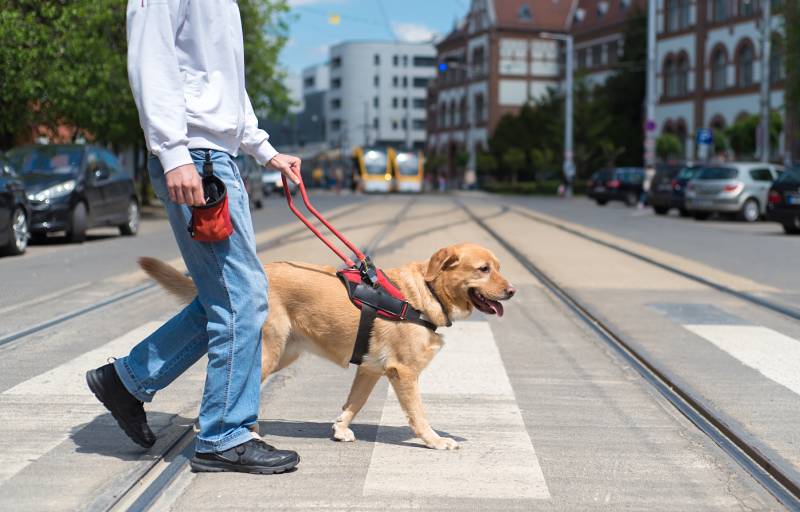
What Does Science Say?
Dogs are receptive to our language, and their ability to understand language can be compared to that of a 12–18 month–old infant1. Based on a language study2, their mental abilities are similar to those of a 2-year-old human, and they can learn up to 165 words on average. The most intelligent dogs can learn up to 250 words. Poodles, Border Collies, and German Shepherds were shown to be the top dogs in this study.
According to scientists3, recognizing oneself in the mirror is a “major mental feat.” It is a philosophical aspect of awareness that allows us to see ourselves as distinct from the rest of the world. Scientists will show a dog the mirror and determine how long it takes to recognize themselves. When puppies catch their reflection for the first time, they usually act like they have encountered another dog. They will usually bark and throw signs of wanting to play. After a short time, they lose interest.
A study published in late 2018 stated that dogs are less intelligent than almost any other animal4. However, “Their stunning flashes of brilliance and creativity are reminders that they may not be Einsteins but are sure closer to humans than we thought5.”
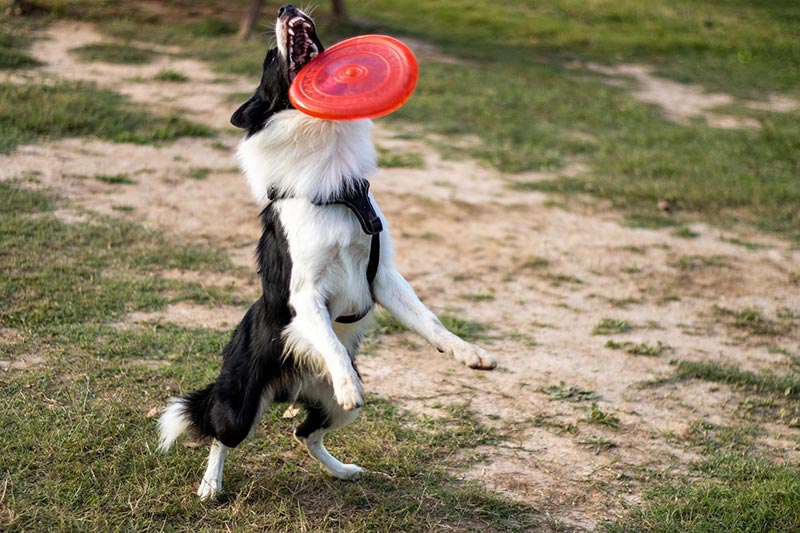
How You Can Nurture Your Dog’s Intelligence
Dogs love to please their owners, and a little time and effort can go a long way toward assisting your dog’s cognitive development. Toys and playtime can stimulate their mind and engage their brain. Sports like agility and tracking can encourage them to solve problems and stimulate their senses.
Dog sports can expose your dog to new challenges and situations and are a great way to exercise human and canine interactions. Because different breeds were created for specific purposes, your dog’s breed can help you choose the best sport for them.
Because dogs’ experiences are so scent-based, nurturing your dog’s instinct to sniff is one of the best things you can do. A dog’s most powerful sense is their sense of smell, and it is vital to allow your pup to explore the world with their nose.
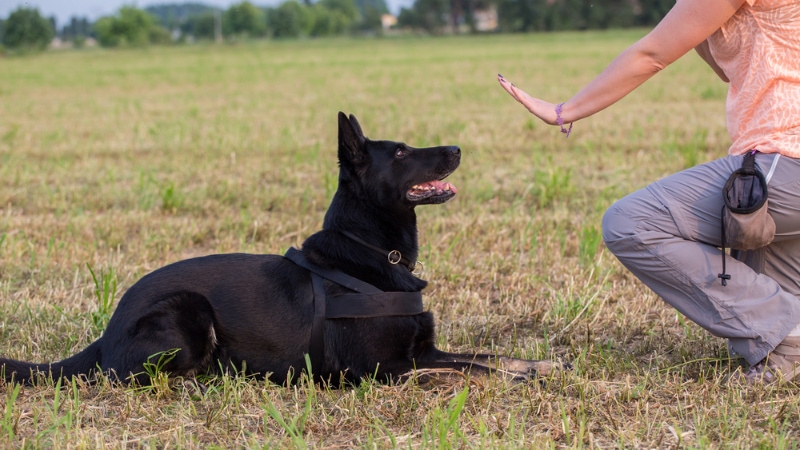
How Training Your Dog Can Keep It Safe?
Successful obedience training begins with the sit command. If your dog can respond to this command, you can redirect them from a harmful situation. It can also help to keep other people safe from a jumping dog, especially small children and the elderly.
Teaching your dog to return to you when you call and stay put is important to keep them safe. If your dog runs toward a dangerous situation, responding to your call may save their life. Curiosity can get your dog into trouble, like when they try to eat a toxic plant. Your dog’s ability to respond to the drop cue will prevent your dog from ingesting it.
Sit, come, stay, and drop are necessary commands your dog should know, and understanding and responding to them will keep your dog safe.
Conclusion
Canine intelligence is a complex topic to examine. Each dog is unique, and its level of intelligence varies depending on its breed, socialization, and training. However, many researchers believe that a dog’s intelligence is comparable to that of a 2-year-old human, making them one of the most intelligent mammals.
Featured Image Credit: bluecrayola, Shutterstock

